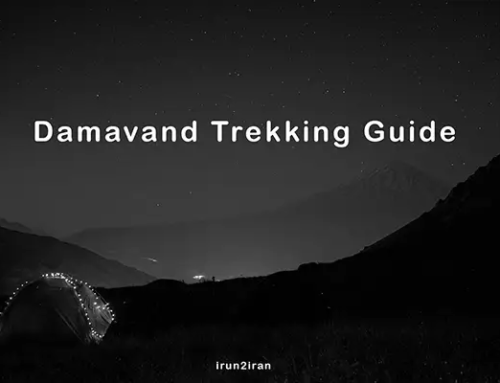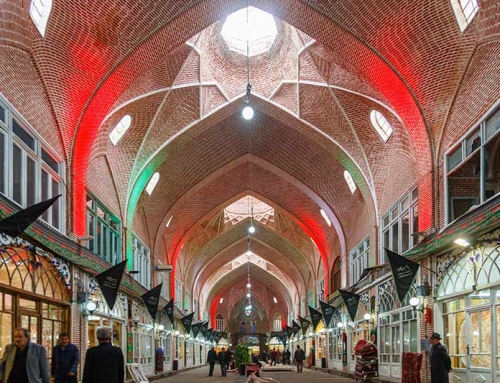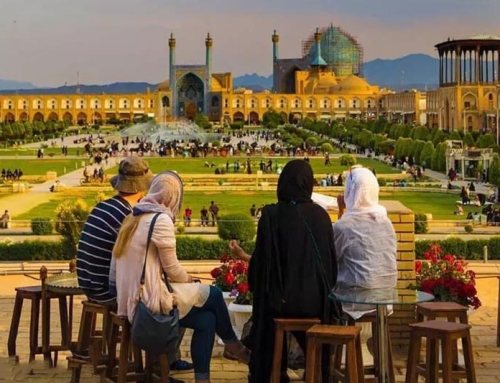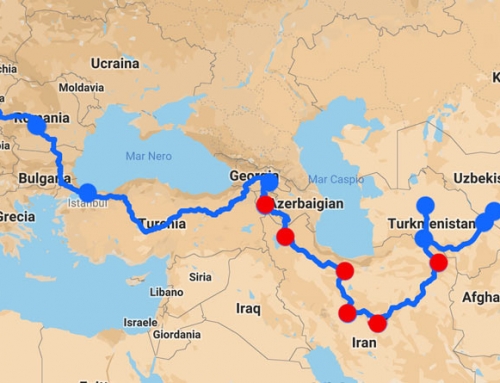Takht-e Soleyman: From Zoroastrian Fire Temple to UNESCO World Heritage Site
Have you ever wanted to step back in time and experience the majesty and grandeur of ancient civilizations? If so, then Takht-e Soleyman is the destination for you. Located in the northwest of Iran, this UNESCO World Heritage site is evidence of the power and sophistication of the Sassanid Empire, which ruled Persia over 1,500 years ago. With its stunning ancient Zoroastrian temple, a sacred lake, and impressive fortifications, Takht-e Soleyman offers visitors a unique opportunity to step back in time and explore one of the most important historical and cultural sites in Iran. So why wait? Come and discover the wonders of Takht-e Soleyman today!
First off, for a trip to Iran, you need to apply for a prompt Iran Visa. The ancient 12-hectare remnants of Takht-e Soleyman or the Throne of Solomon are located in Takab, West Azerbaijan province, Iran. It includes an artesian lake, a Zoroastrian fire temple, a Sasanid temple dedicated to Anahita the goddess of water and fertility, and a Sasanid royal sanctuary. The ancient Zoroastrian temple was dedicated to the worship of Anahita, the goddess of water and fertility.
To visit Shahr-e Sukhteh, don’t hesitate to look into our Iran World Heritage Tour.
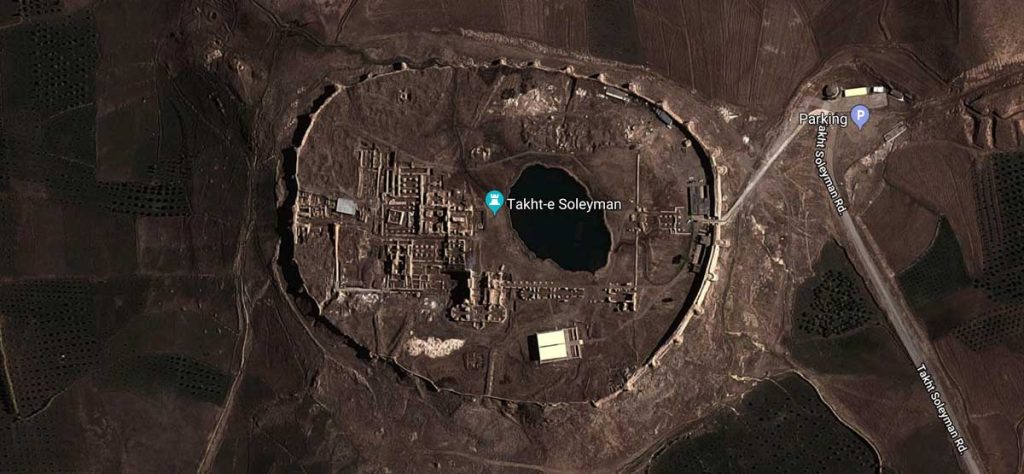
Takht-e Soleyman Through History
The history of Takht-e Soleyman dates back to 3 thousand years ago being the residence place of various empires including the Medes, Achaemenids, Ashkanids, Sassanids, and Mongols. During all its long age, Takht-e Soleyman was at its peak of prosperity and power.
This most respected fire temple played a very crucial role in the socio-political life of the government. Based on the ancient scripts, Takht-e Soleyman was believed to be the birthplace of Zoroaster and its immortal flame was considered a symbol of the greatness and power of the Sassanid Empire and the Zoroastrian religion for seven centuries. In fact, this area was the largest center for religious education and training of Zoroastrianism during the Sassanid era.
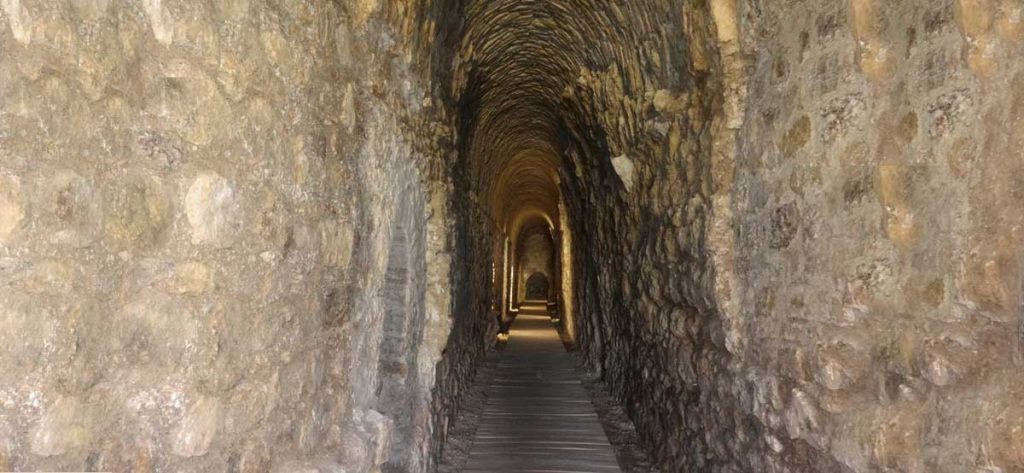
Takht-e Soleyman: The Prison Of Salomon
Three kilometers to the west of Takht-e Soleyman, there is a conical, hollow mountain which was shaped thousands of years ago as a result of volcanic activities. Locals call it the Prison of Solomon and believe that King Solomon put the monsters which had disobeyed him inside the deep crater. At its summit are the remains of shrines and temples dating back to the first millennium BC.
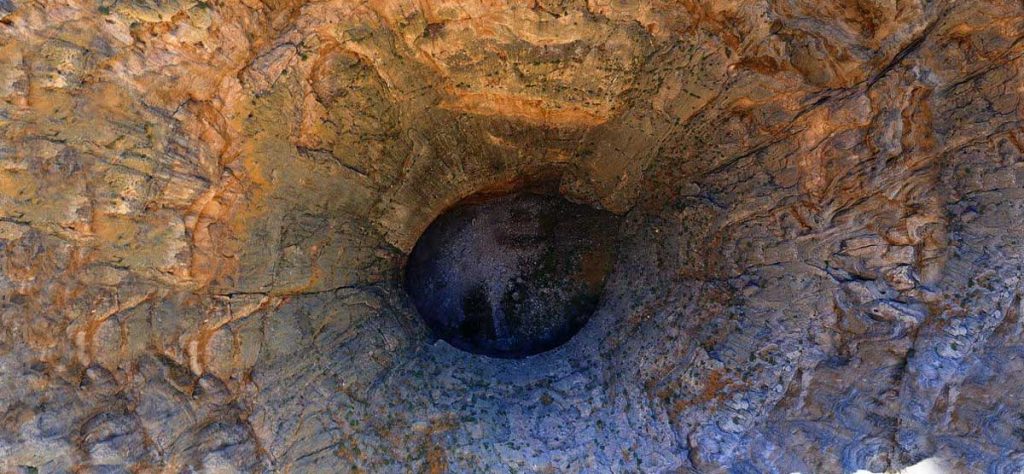
Takht-e Soleyman Lake
The saltwater lake played a crucial role in its history and mythology. The lake is believed to have healing properties and is considered sacred by many cultures. There are numerous stories and legends surrounding the lake, including the famous legend of countless treasures hidden in its depths, accumulated throughout history. Some versions of the legend claim that the treasures were hidden there by the legendary Persian king, Jamshid, while others attribute them to Alexander or other historical figures. Despite the lack of concrete evidence, the legend of the treasures in Lake Hamun continues to fascinate people, adding to the intrigue and mystique of Takht-e Soleyman and its surrounding areas.
Takht-e Soleyman, despite its cultural and historical importance, was finally destroyed in the attack of Byzantine Emperor Heraclius in 624 AD. This monument was abandoned and destroyed, but its ruins and artifacts have been preserved and restored over the years for us to discover and appreciate its unique cultural and historical heritage. Today Takht-e Solaiman remains a UNESCO World Heritage Site and a symbol of Iran’s rich cultural heritage.
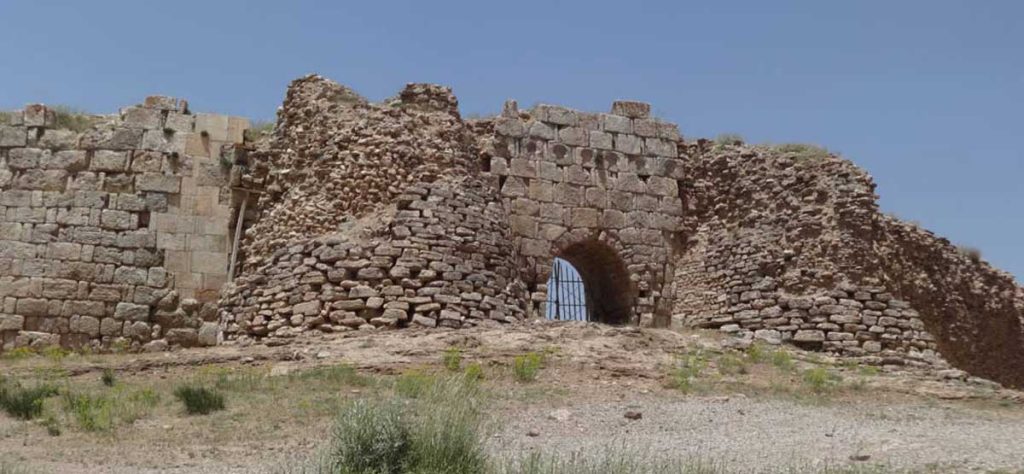
Why Takht-e Soleyman is inscribed as a UNESCO World Heritage?
Takht-e Soleyman was inscribed as a UNESCO World Heritage Site in 2003 based on several cultural criteria. These criteria recognize the site’s outstanding universal value and its significance in human history and culture. It was the fourth Iranian heritage site on the UNESCO list after Persepolis, Pasargadae, and the ancient Bisotun.
- Development of architecture: Takht-e Soleyman is an exceptional testimony to the development of the architecture and urban design of the Sassanian Empire, which was one of the most powerful empires of the ancient world. The site’s unique circular platform, palace, and temple structures showcase the empire’s remarkable achievements in architectural design and engineering.
- Zoroastrian Sanctuary: Takht-e Soleyman is an exceptional example of a Zoroastrian sanctuary and a symbol of the religion’s influence on the development of Islamic and Christian architecture in the region. The site’s religious significance is further emphasized by its association with the legend of the Prison of Solomon.
- Fortified royal city: Takht-e Soleyman is an exceptional example of a fortified royal city that served as a political and cultural center for the Sassanian Empire. The site’s strategic location on a volcanic plateau surrounded by mountains and its sophisticated water management system showcase the empire’s advanced military and administrative capabilities.
- Sassanian royal city: Takht-e Soleyman is an exceptional example of a Sassanian royal city that was at the forefront of promoting arts, sciences, and literature. The site’s impressive ruins and artifacts offer valuable insights into the Sassanian Empire’s culture, society, and intellectual achievements.
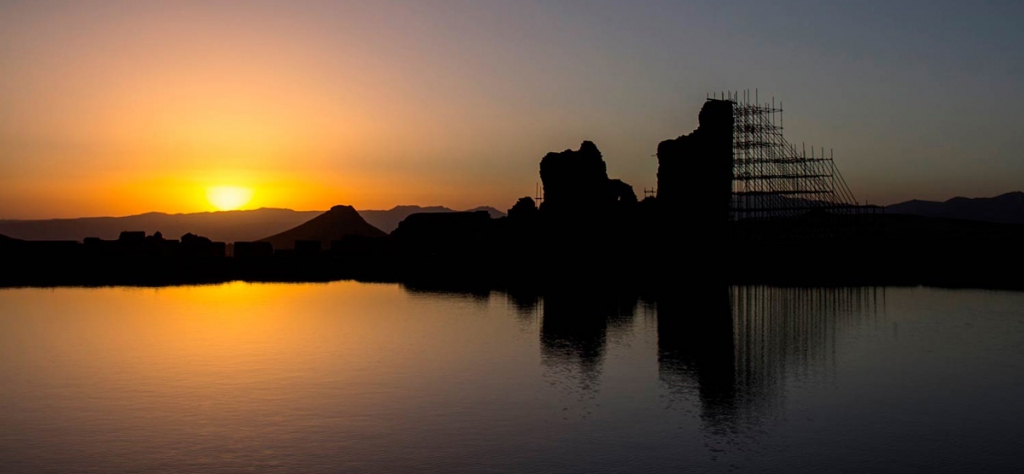
When to visit Takht-e Soleyman?
The best time to visit Takht-e Soleyman is during the spring (March to May) and fall (September to November) when the temperatures are comfortable.
In the summer months (June to August), the weather can be hot and dry, with temperatures typically reaching over 30°C (86°F) and Winter (December to February) can be cold with occasional snow, especially in the higher elevations surrounding the site.
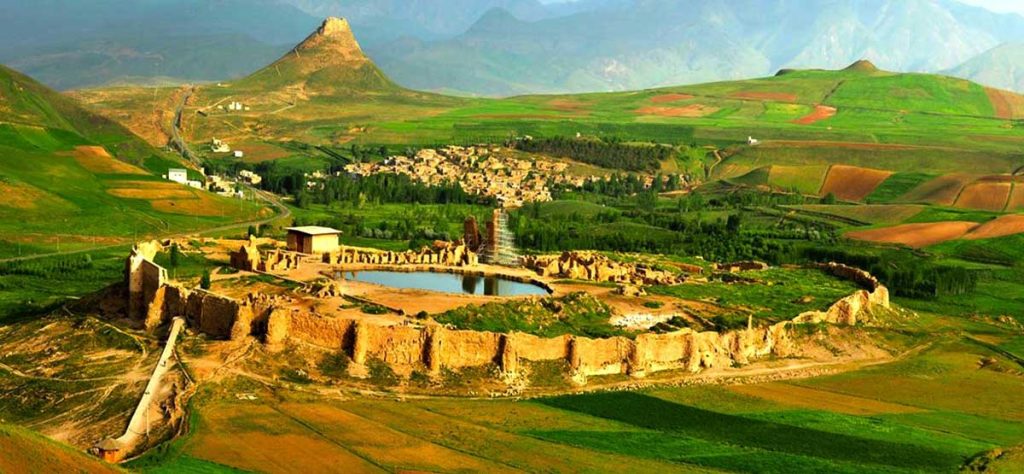
Where is Takht-e Soleyman located?
Takht-e Soleyman is located in the northwest of Iran approximately 45 kilometers northeast of the city of Takab and 305 kilometers west of the Tehran, the capital of Iran. Access to the site is possible by car or public transportation from nearby cities, such as Takab, Tabriz, and Zanjan.
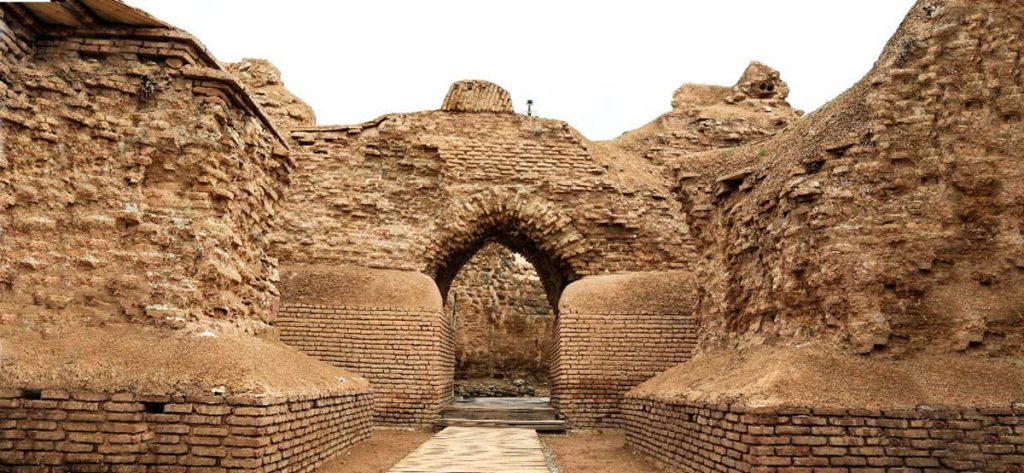
What to visit in Iran after Takht-e Soleyman?
We have included Takht-e Soleyman in Iran World Heritage Tour and 14-day Iran Cultural Tour. These packages offer a unique opportunity to explore the rich cultural and historical heritage of the region, including the stunning World Heritage monuments. Our tour packages offer a comprehensive and immersive experience of Iran’s diverse culture, architecture and nature at reasonable rates.
If you’re interested in exploring more of Iran’s cultural and historical treasures, there are many other destinations worth visiting. Here are a few suggestions:
Soltaniyeh Dome: one of the largest brick domes in the world is a UNESCO World Heritage monument.
Tabriz: a major historical and cultural center in Iran is famous for the Grand Bazaar, one of the largest covered markets in the world, and the Blue Mosque, a stunning example of Iranian architecture.
Uramanat: known for its unique architecture and beautiful landscapes is a UNESCO world heritage landscape.
Hamadan: with a history dating back to ancient times, Hamadan is known for the tomb of Esther and Mordechai, the Avicenna Mausoleum, and the Ganjnameh Inscriptions.
Alisadr Cave: Alisadr Cave is one of the world’s largest water caves, located near the city of Hamedan. Visitors can explore the cave by boat and see its stunning rock formations and underground waterfalls.
Ardabil: is famous for its hot springs, the UNESCO World Heritage Sheikh Safi al-din Khanegah and Shrine Ensemble and Sabalan Mountain. You may like to check Mount Sabalan Tour Packages.
Isfahan: Known as the “half of the world,” Isfahan is a beautiful city with a rich history and stunning architecture. Highlights include the Naqsh-e Jahan Square, the Chehel Sotoun Palace, and the Shah Mosque.
Tehran: The capital city of Iran is a vibrant metropolis with many cultural and historical attractions, including the National Museum of Iran, and the Golestan Palace.
Let us know your experiences of visiting or your questions about the Takht-e Soleyman in the comment box below, we will be happy to hear from you!


